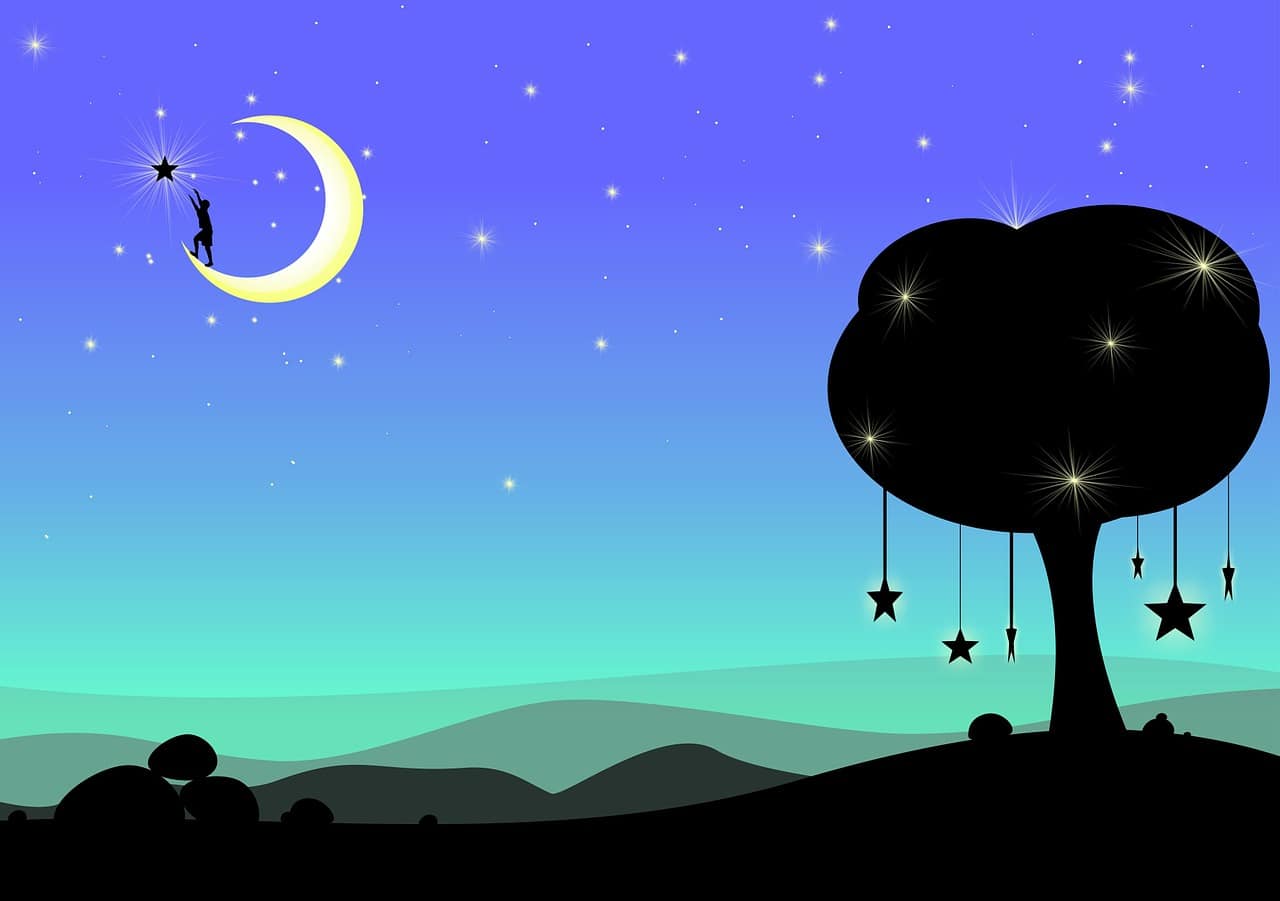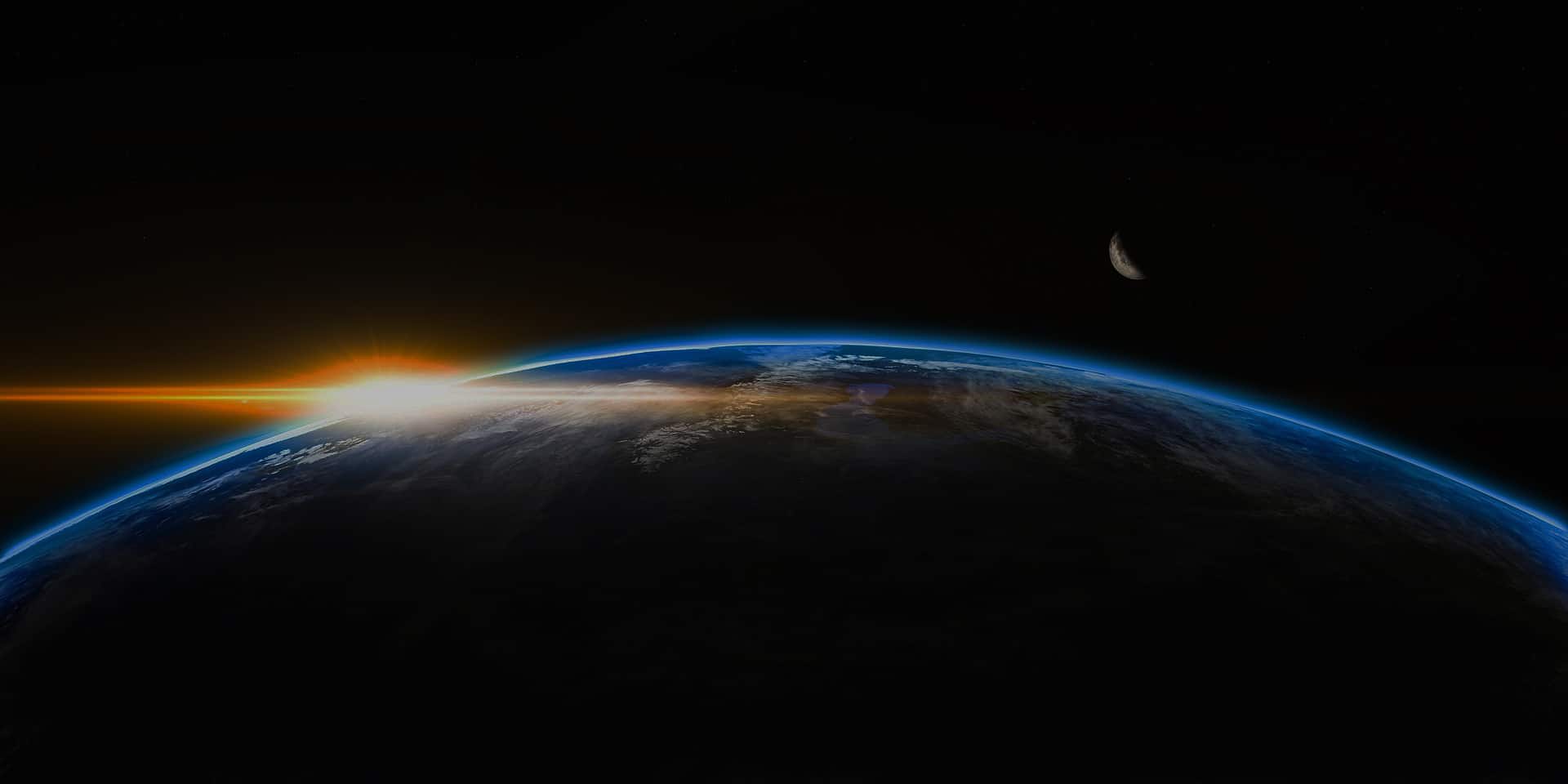Signal To Noise Magazine is Looking for:
Mission
Signal to Noise: Scientists Sharing Science.
Written by Nisar Farhat, Amanda Freise, and Laura Haney
“Our species needs, and deserves, a citizenry with minds awake and a basic understanding of how the world works.”
Science is central to our existence on this planet. It’s in our cell phones, our computers, the medicine we take, and every observation we make about the world. We are driven to discovery and innovation, to enhancement and utilization, to spectacular cleverness and unbound resourcefulness. It is in our curious nature to endeavor and unlock each mystery – to try and understand the world around us. That same curiosity also leads us to question the origin, function, legitimacy, and integrity of our discoveries.
We have unprecedented access to scientific information, but it is easy to become overwhelmed by a wealth of sources that can be difficult to interpret and verify for accuracy. Furthermore, science has become the subject of political discussion, and legislation is being considered based on results that can be misinterpreted or taken out of context. People are being asked to make decisions without full access to the knowledge necessary to make an informed choices. This lack of information has led to controversy and mistrust between scientists and the public. Addressing this issue requires increased dialogue, and it’s our responsibility as scientists to start that conversation by opening up about the world of scientific research.
Signal to Noise is the brainchild of a set of graduate students, postdocs, and young scientists on a mission to engage a wide audience on a variety of fields of scientific research. Graduate students and postdocs receive highly technical scientific training throughout their graduate careers. The diverse knowledge base of Signal to Noisewriters provides our readers with the invaluable resource of expertise in a wide range of science topics. As scientists we’re amazed and excited at the wonders of the world, and we want everyone to share in that excitement through equal access to scientific discoveries and dialogue with the scientists who make them. Much like scientists interpret data by weeding out irrelevant “noise” and searching for the important “signal”, we delve through the noise of scientific research and bring you the results in a clear and engaging manner while maintaining the integrity of key scientific details. Our goal is to enhance public understanding of science, and to create a two-way dialogue between scientists and non-scientists.
Signal to Noise is also a training tool. It is imperative that scientists learn to communicate science effectively, especially to those that our research impacts the most – you! By improving scientific communication and building an educational platform for science communicators and the public, we at Signal to Noise look forward to sharing the world of science with you.
What is “signal to noise?”
You might be wondering what the name of our magazine actually means. Noise is something that all scientists have to deal with at some point – it refers to any background “messiness” that comes along with a scientific measurement. For example, in astronomy, you might try to take a picture of a bright star, but you will also get light from a nearby city, the Moon, or the telescope itself. That’s your noise. It has to be removed (somehow) before you can do anything scientific with your picture of the bright star, which is your signal. “Signal to noise” refers to the ratio between the two, and it’s a measure of how clear something is. Noise rears its ugly head in all science fields, but it also shows up in the public dissemination of science. Many news outlets will report the results of a scientific experiment or endeavor, but won’t go into the nitty gritty details of the experiment itself. But many times, the details are actually the most interesting part! In some cases, the meaning of the result can only be truly understood and appreciated if the details of the experiment are known. Our goal is to delve deep into the “noise” in order to pick out the “signal” that our readers want to know about.
Science is messy! That’s what makes it challenging, but that’s also what makes it fun. To ignore the details in favor of a single, quotable result is to do a disservice to the general public. We want to prove that science doesn’t happen behind closed doors, and that anyone can be privy to the exciting mess that happens behind the scenes.
Join us as we dig into the noise!
Error: Contact form not found.
Is this your initiative?
Claiming allows you to manage your initiative.





